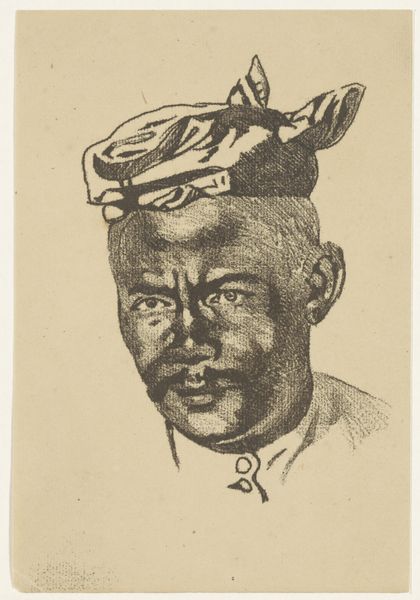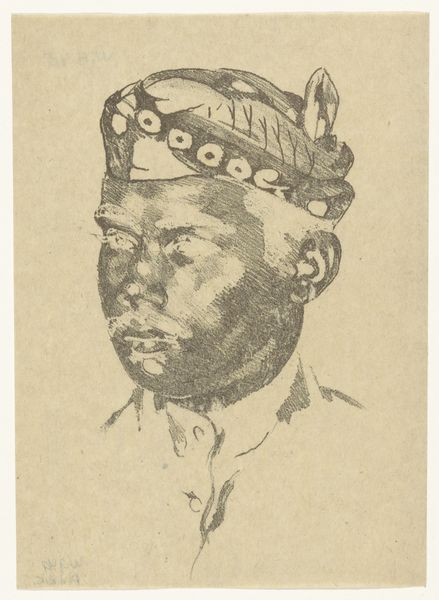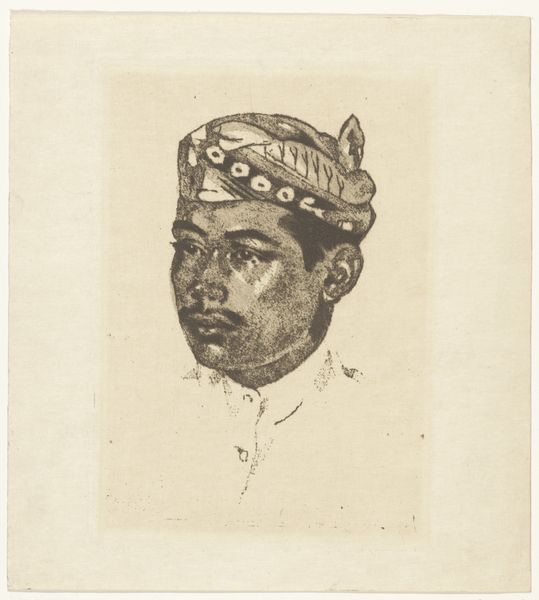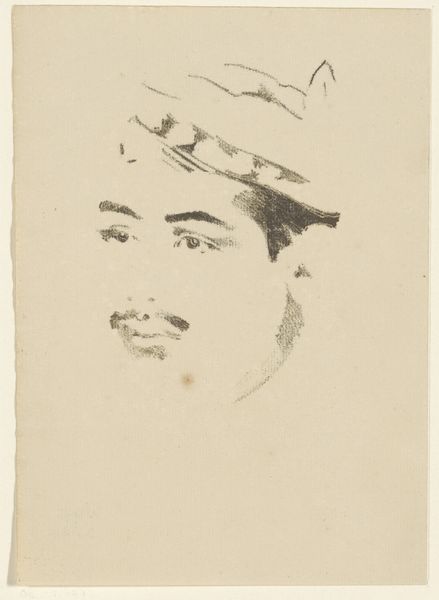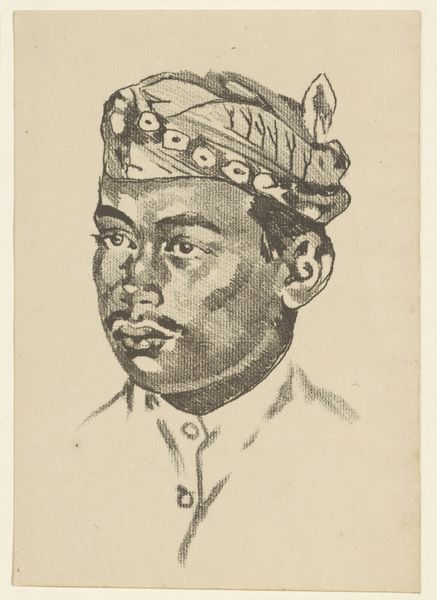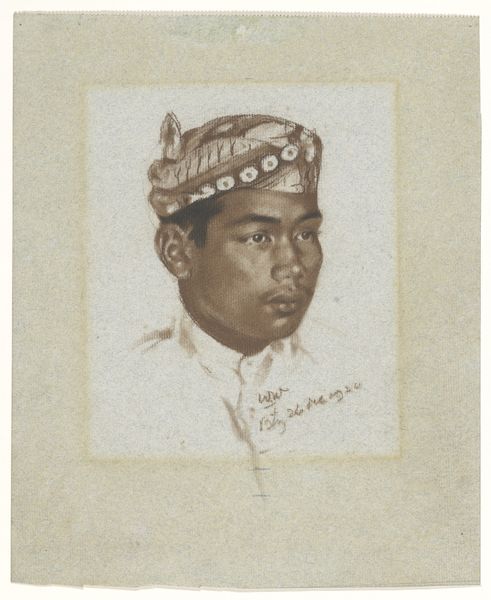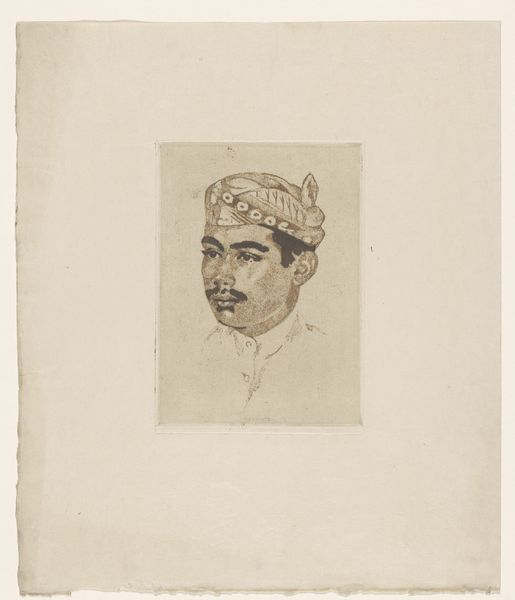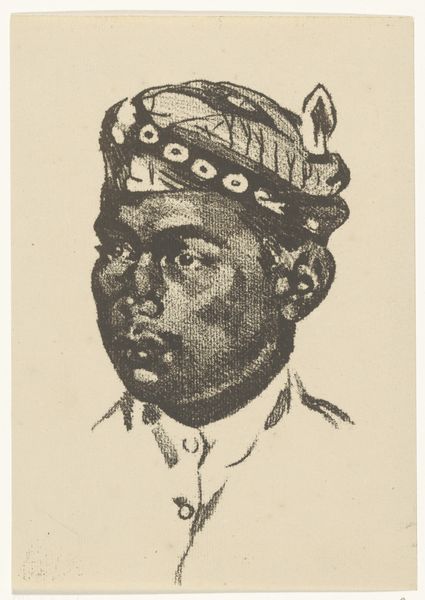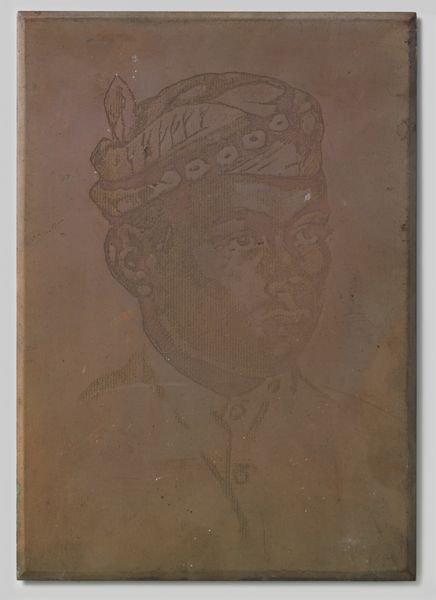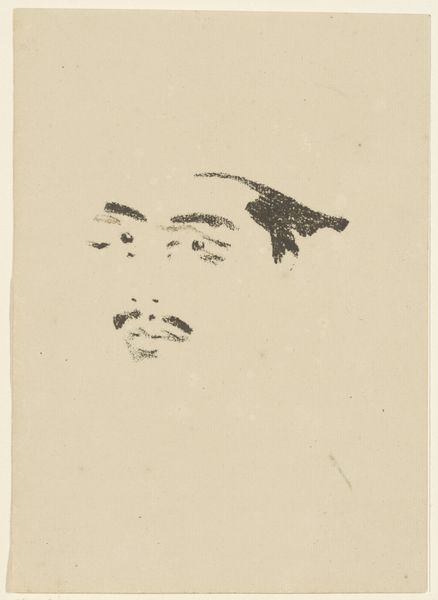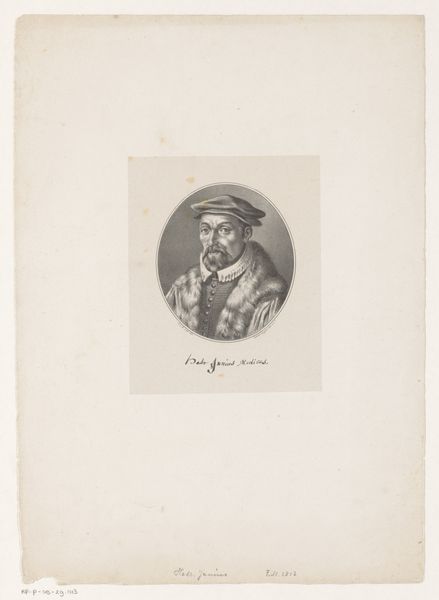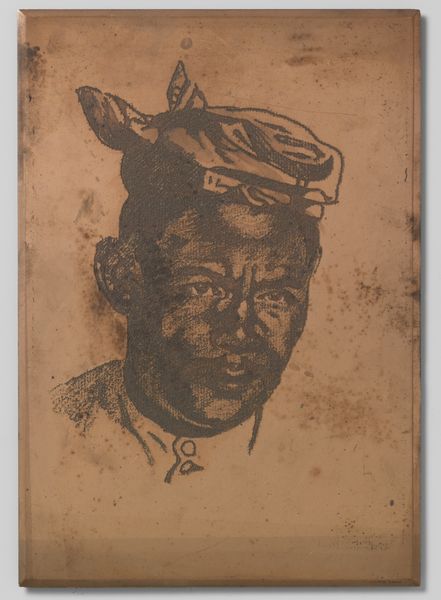
drawing, pencil
#
portrait
#
drawing
#
dutch-golden-age
#
caricature
#
pencil drawing
#
pencil
#
portrait drawing
#
realism
Dimensions: height 286 mm, width 220 mm
Copyright: Rijks Museum: Open Domain
Curator: It's interesting to consider Willem Witsen's "Portret van Amit," created around 1920 using pencil. There's an undeniable fragility in the strokes. What are your initial thoughts? Editor: A melancholic feel pervades this portrait. The limited tonal range creates a sense of quiet introspection. It seems less like a celebration and more of a study. Curator: The portrait, in its historical context, presents us with important questions. Who was Amit, and what was the nature of his relationship with Willem Witsen, a Dutch artist? Considering the backdrop of Dutch colonialism, how does that power dynamic manifest in the visual representation? Editor: Yes, thinking about material context, pencil allows for correction and alteration; the marks can almost disappear depending on how the light hits. Pencil itself has shifted from humble material used for studies to fine art medium as tastes change, as materials become easier to acquire, or cheaper... How might Witsen have seen pencil work during his lifetime? Curator: Exactly! By focusing solely on aesthetic considerations, we risk erasing critical historical realities of empire and representation. Amit’s identity becomes subsumed under the weight of a colonial gaze and obscured if we simply admire the technique. Editor: We could study the paper, too. The choice of support materially affects the pencil, and by extension, the finished product. Is the paper local or imported? The very texture of the material determines the image. Curator: It calls to question how art is complicit in either perpetuating or subverting power structures. Exploring Amit’s cultural background, potentially marginalized or exoticized, allows a crucial interrogation of representation. It asks, who is this image *for*, and whose narratives are validated through it? Editor: Thinking of consumption, consider what would become of it. Did it hang in a collector’s house? Did it sit in the artist’s studio until being sold off much later? Curator: I appreciate the layered discussion we had about seeing the politics around it. I'll definitely ruminate more on what it truly meant to create art like this during this period, who it was created for and by whom, what interests were being represented or suppressed. Editor: For me, it's always about those overlooked mundane elements. Thanks for making space for discussion.
Comments
No comments
Be the first to comment and join the conversation on the ultimate creative platform.

